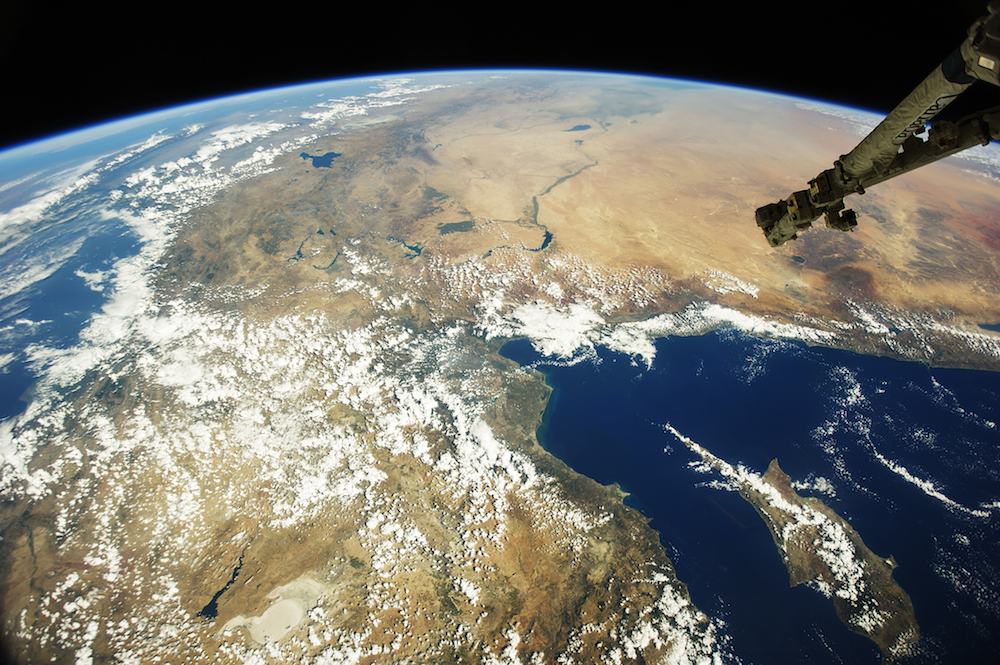Birthplace of Winter Holiday Traditions Seen from Space (Photo)

The world's problems — and even major political and cultural conflicts — seem a lot smaller when you're watching them play out from 250 miles above Earth's surface.
That's the message a newly released photograph from the International Space Station (ISS) seems to suggest. The photo was captured by an astronaut aboard the ISS as the station orbited over Turkey. Showing the mass of land bordered by the Black and Mediterranean seas, the image is of a land wracked by conflict. Just south of Turkey is Syria, a country in the grips of civil war. Across the Black Sea is Crimea, the territory at the center of the crisis between Russia and Ukraine.
The region depicted in the astronaut's photo is also known as the Fertile Crescent, or the cradle of civilization — a stretch of land that once helped nourish nascent human societies. The ancient city of Babylon was located in Mesopotamia, just south of the Fertile Crescent, and so was the biblical city of Ur, home to Abraham, the Old Testament figure behind the "Abrahamic" religions of Judaism, Christianity, Islam and Bahai. [Space Christmas: Festive Photos of Cosmic Beauty]
These four religions together have more than 3.5 billion followers, according to NASA, and all of these followers can trace their cultural roots back to this one place on Earth. The International Space Station Crew Observations Facility acquired this photo in September, but NASA chose to release the image today (Dec. 24), at a time when many followers of the Abrahamic religions are celebrating various holidays.
The Jewish celebration of Hanukkah began on Dec. 16 and will conclude tonight. Christians celebrate the birth of Jesus on Dec. 25 and the Feast of Epiphany on Jan. 5. Muslims celebrate Mawlid an-Nabi, the birth of Muhammad, on Jan. 3 or 8.
The birthplace of these religious celebrations, which an observant astronaut so thoughtfully captured and sent back to Earth, has been a place of unrest for millennia. And as NASA noted in the post accompanying the photo, "Barriers real and perceived have been built here for thousands of years. And yet from space, there are no borders to be seen."
Follow Elizabeth Palermo @techEpalermo. Follow Live Science @livescience, Facebook & Google+. Original article on Live Science.
Sign up for the Live Science daily newsletter now
Get the world’s most fascinating discoveries delivered straight to your inbox.

Elizabeth is a former Live Science associate editor and current director of audience development at the Chamber of Commerce. She graduated with a bachelor of arts degree from George Washington University. Elizabeth has traveled throughout the Americas, studying political systems and indigenous cultures and teaching English to students of all ages.









